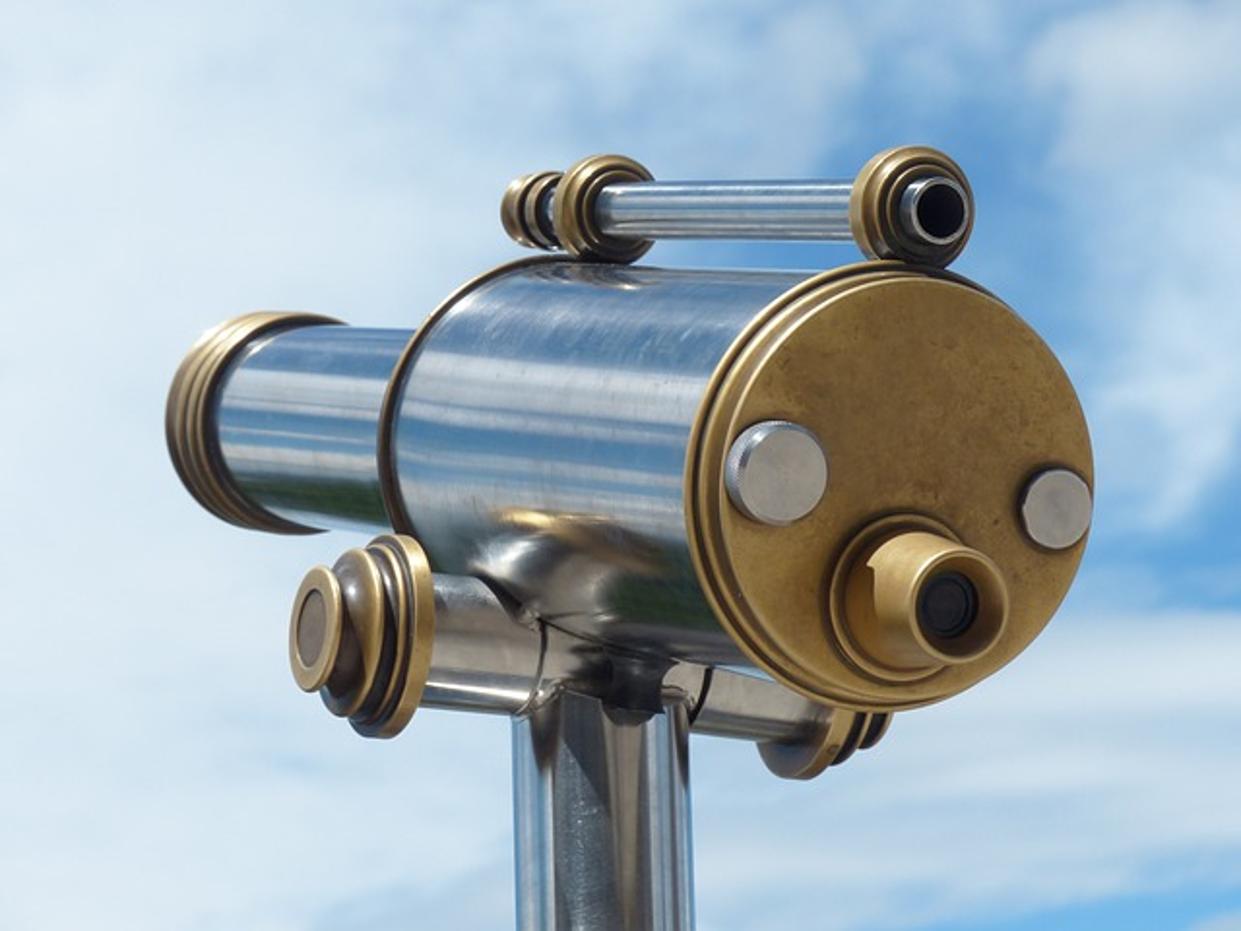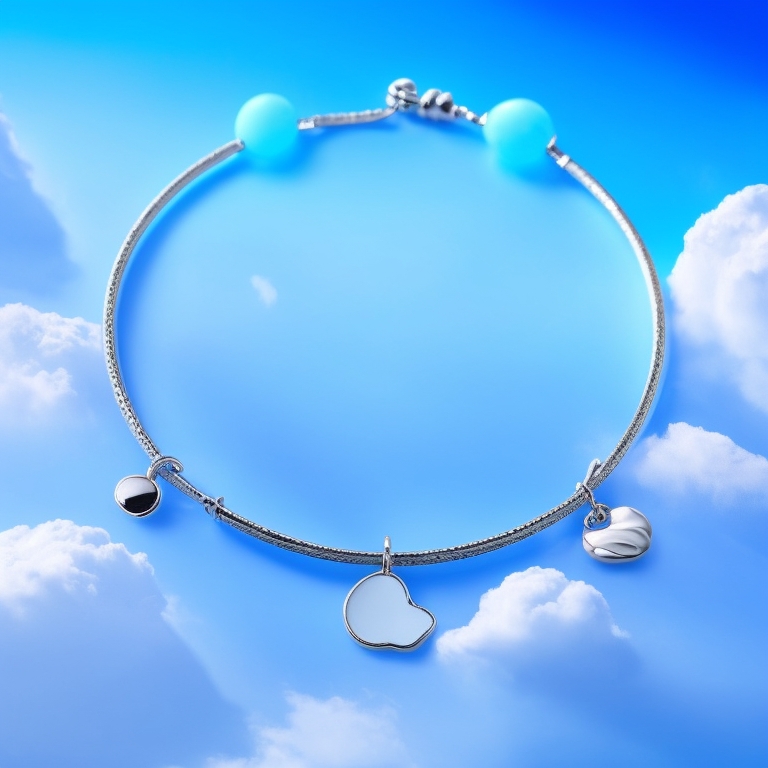How to Make a Telescope at Home
Introduction
Creating your telescope at home is an engaging and educational activity that offers a glimpse into the wonders of the universe. This guide walks you through the process of making a simple yet effective telescope using easily available materials. Not only will you learn about the optical principles behind telescopes, but you’ll also enjoy stargazing through a device you’ve built yourself.
Building your telescope involves selecting the right lenses, constructing a sturdy tube, and aligning the components for optimal viewing. With patience and attention to detail, you can achieve impressive results and marvel at celestial objects from your backyard. Whether you’re an amateur astronomer or a student eager to explore, making a telescope is a rewarding DIY project.

Materials Needed
To get started on your telescope, you’ll need a few basic materials. Here’s a comprehensive list to ensure you have everything you need:
- Lenses:
- A convex (converging) lens for the objective (primary) lens. Diameter 50-100mm and focal length 500-1000mm.
-
A concave (diverging) lens for the eyepiece. Diameter 10-20mm and focal length 20-50mm.
-
Telescope Tube:
- A cardboard or PVC tube (length around 1 meter and diameter to fit the lenses).
-
Black matte paint to reduce internal reflections.
-
Lens Holders:
-
Rings or brackets to securely hold the lenses in place.
-
Miscellaneous:
- Strong adhesive or glue.
- Scissors or a utility knife.
- Measuring tape.
- Screws and screwdrivers.
- Mount and stand, such as a simple camera tripod.
Gather these materials to ensure a smooth building process. With everything in hand, you’re ready to start crafting your telescope.

Step-by-Step Instructions
Step 1: Choosing the Right Lenses
The primary component of any telescope is its lenses. The objective lens collects light and focuses it into an image, while the eyepiece lens magnifies that image for viewing.
- Objective Lens: Opt for a convex lens with a larger diameter for better light collection. A focal length between 500mm and 1000mm is ideal for a homemade telescope.
- Eyepiece Lens: Choose a concave lens with a short focal length, around 20mm to 50mm, for greater magnification.
Once you have the correct lenses, you can move on to constructing the telescope tube.
Step 2: Building the Telescope Tube
The tube holds the lenses in alignment and blocks out stray light to improve image quality.
- Cut your cardboard or PVC tube to an appropriate length, around 1 meter.
- Paint the inside of the tube with black matte paint to minimize reflections that can degrade image quality.
- Allow the paint to dry thoroughly before proceeding to the next steps.
Step 3: Installing the Primary Lens
To capture clear celestial images, the primary lens must be securely mounted within the telescope tube.
- Measure the diameter of your tube and the thickness of your lens.
- Create a lens holder using rings or brackets to fit inside the tube.
- Secure the primary lens at one end of the tube with strong adhesive, ensuring it’s centered and firmly positioned.
Step 4: Installing the Eyepiece
The eyepiece is crucial for magnifying the focused image so you can view distant objects clearly.
- Position the eyepiece holder at the opposite end of the tube.
- Attach the eyepiece lens securely within its holder.
- Ensure the distance between the primary lens and the eyepiece is about equal to the sum of their focal lengths.
Step 5: Assembling the Lens Cap and Holder
The lens cap and holder protect your lenses and allow for adjustments to enhance viewing experiences.
- Create a cap to fit over the primary lens using cardboard or plastic.
- Attach it using a hinge or removable brackets so it can be easily taken on and off.
- Ensure the holder can be adjusted to fine-tune the focus.
Step 6: Adding the Mount and Stand
A stable mount and stand are essential for steady viewing and tracking celestial objects.
- Attach the telescope tube to the mount, ensuring it’s stable and secure.
- Align the tube with the mount so it’s easily adjustable.
- Mount the entire assembly on a tripod or a stable base for ease of use.

Testing and Adjustments
With your telescope assembled, it’s time to test and make any necessary adjustments to optimize its performance.
Aligning the Lenses
Proper alignment of the lenses is crucial for clear and sharp images.
- Look through the eyepiece and adjust the primary lens holder if the image is blurry.
- Ensure the lenses are perpendicular to the axis of the tube.
Troubleshooting Common Issues
Common problems may arise, but they are often easy to fix with minor tweaks.
- Blurry Image: Adjust the distance between the lenses to achieve a clear image.
- Distortions: Ensure the lenses are clean and free of scratches.
Fine-Tuning for Clear Imaging
Achieving the best possible image might take some time and tweaking.
- Test the telescope on various celestial objects to determine its strengths and weaknesses.
- Make small adjustments to the lens positions for the highest clarity and detail.
Conclusion
Building a telescope at home is a fulfilling project that deepens your understanding of optics and astronomy. By following this guide, you can create a simple yet effective telescope and enjoy stargazing from your backyard. Remember to be patient during the assembly and testing phases, as minor adjustments are often needed to achieve the best results.
Frequently Asked Questions
What are the best materials for making a telescope?
Opt for high-quality optical lenses, sturdy cardboard or PVC tubes, and secure mounting components. Black matte paint is essential for reducing reflections inside the tube.
How do you align the lenses for optimal viewing?
Align the primary lens and the eyepiece so that they are perpendicular to the tube’s axis. Adjust the distance between the lenses until the image through the eyepiece is clear and sharp.
Can a homemade telescope provide the same clarity as a store-bought one?
While a homemade telescope can deliver impressive results, professionally manufactured telescopes generally offer higher-quality optics and more precise adjustments. However, building your telescope is a valuable learning experience and can provide excellent viewing for amateur astronomers.

